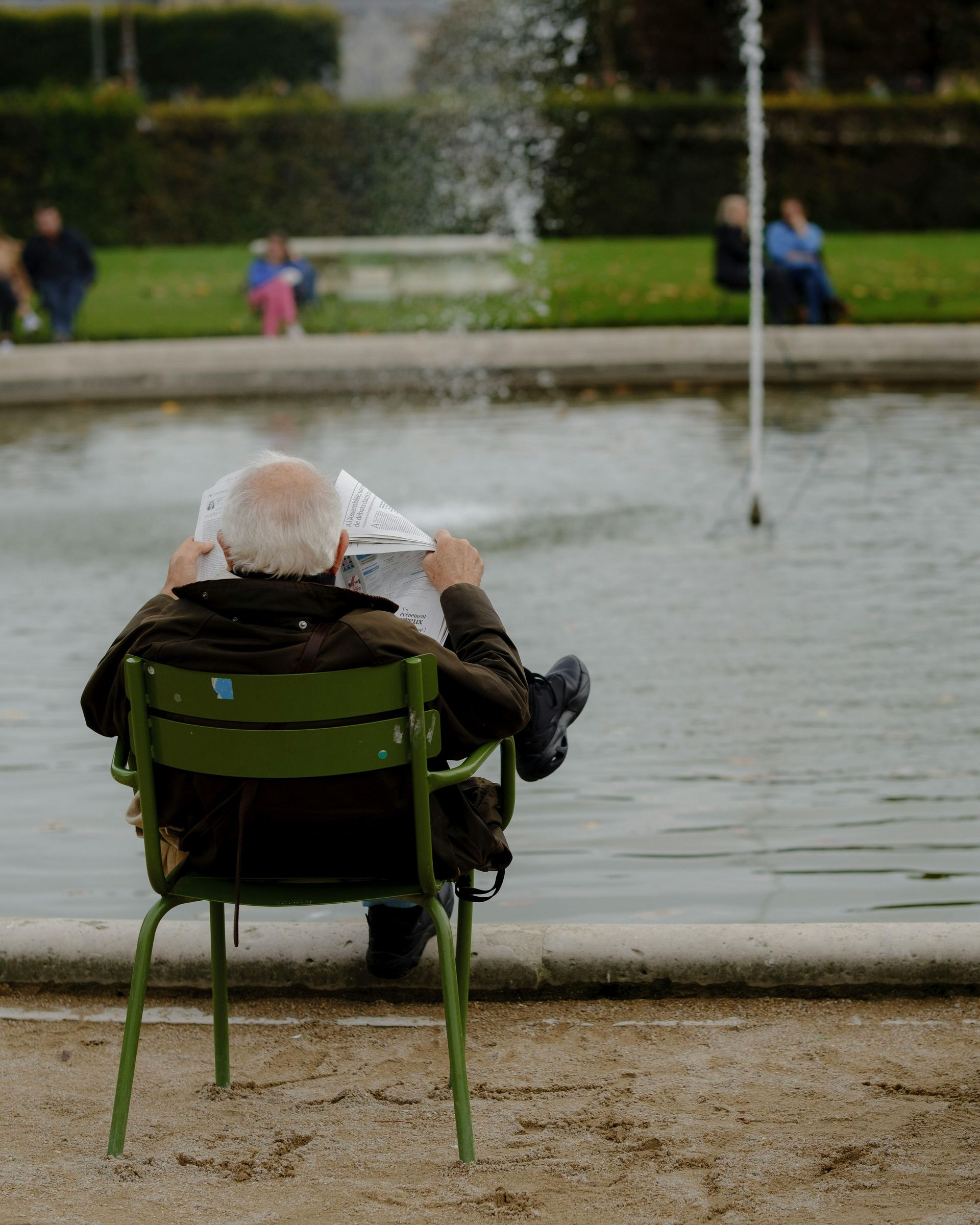Aging In Place
Aging In Place
Aging in place, also known as “aging at home,” is a concept that has become increasingly popular in recent years as the baby boomer generation reaches retirement age. It refers to the idea of allowing older adults to remain in their own homes and communities as they age, rather than moving to a nursing home or retirement community. This allows older adults to maintain their independence, dignity, and quality of life.
One of the main benefits of aging in place is the sense of independence and control it provides to older adults. Many older adults value their autonomy and want to maintain their own living space, social connections, and daily routines. By staying in their own homes, they are able to do just that, which can lead to a greater sense of purpose and satisfaction with life.
Additionally, aging in place can provide a sense of familiarity and comfort. Many older adults have lived in their homes for decades and have a strong emotional attachment to the space. Moving to a new environment can be stressful and disorientating, particularly for those with cognitive impairments such as dementia. Staying in a familiar environment can reduce stress and promote a sense of well-being.
Another advantage of aging in place is the potential for social support. Older adults who stay in their own homes are more likely to have a strong social support network. This can include family members, neighbors, and community organizations. Social isolation is a major risk factor for poor health outcomes in older adults, and staying in one’s own home can help to combat this risk. By remaining in their own homes, older adults can maintain their existing social connections and continue to participate in community activities.
Finally, aging in place can be more cost-effective than moving to a retirement community or nursing home. While there may be upfront costs associated with modifying the home for aging in place, such as installing a stair lift or grab bars, these costs are often lower than the ongoing expenses associated with living in a retirement community or nursing home. Additionally, aging in place can allow older adults to remain in their communities and maintain their existing relationships and activities.
While there are many benefits to aging in place, there are also challenges that must be considered. One of the main challenges is the need for assistance with activities of daily living (ADL’s), such as bathing, dressing and meal preparation. Many older adults require support from family members, friends, or professional caregivers to remain in their homes. This can be difficult for family members who may have competing demands on their time, or for older adults who may be resistant to receiving help.
Another challenge is the need for home modifications to accommodate physical limitations or cognitive impairments. For example, older adults with mobility impairments may need ramps or stair lifts installed, while those with vision impairments may need brighter lighting or contrasting colors. These modifications can be costly and time-consuming and may require the assistance of a professional contractor.
Technology can play a significant role in supporting aging in place. Smart home technology, for instance, can allow older adults to control their homes with voice commands or a smartphone app, making it easier to turn off lights, adjust the temperature, and lock doors. Medical alert systems can also provide older adults with a sense of security and peace of mind, knowing that they can quickly call for help in case of emergency.
Many older adults are unable to drive or have limited access to transportation, which can make it challenging for them to maintain their independence. However, there are several transportation options available that can help seniors get around. Public transportation, ride-sharing services, and community shuttle buses are excellent options that can help older adults stay connected to their community.
Social isolation can be a significant issue for older adults living alone, which can negatively impact their mental and physical health. Encouraging seniors to participate in social activities, such as clubs, classes, and volunteer opportunities, can help reduce the risk of social isolation and promote overall well-being.
Home health care can provide seniors with the care they need while allowing them to remain in their own homes. Home health care services can include medication management, wound care, physical therapy, occupational therapy, and activities of daily living.
Many older adults living on a fixed income may struggle to pay for home modifications, home health care services, and other expenses related to aging in place. Fortunately, there are several financial assistance programs available that can help seniors afford these services. These programs include Medicare, and the Older Americans Act.
Having a support network can be invaluable for seniors living alone. Family members, friends, and neighbors can provide emotional support, help with household tasks, and assist with transportation. Additionally, local community centers and senior centers can provide older adults with access to a range of services and activities.
Falls are a significant risk for older adults, and preventing falls is critical to maintaining their independence. Home modifications, including removing throw rugs that easily cause you to trip, can help reduce the risk of falls. In addition, exercise programs that focus on improving balance and strength can also help reduce the risk of falls.
Finally, staying in one’s home can promote independence, comfort, social support, physical health, and cost-effectiveness for older adults. While there are challenges associated with aging in place, the benefits are significant and should be considered when making decisions about care options. By supporting older adults in their desire to stay in their homes, we can promote their overall well-being and quality of life.






